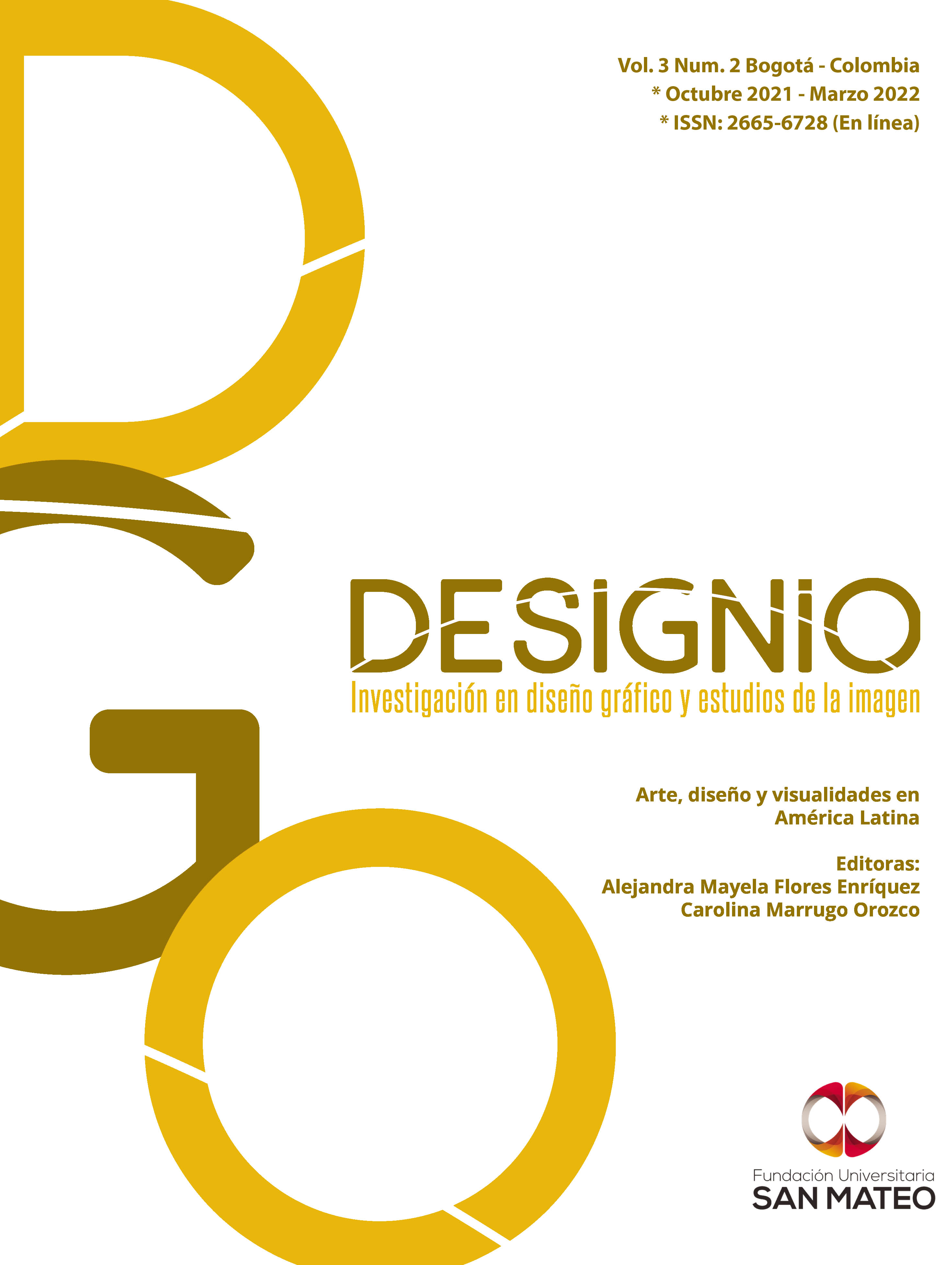Between the neo-baroque, the alternative and the discrepant Artists and creation spaces in the nineties in Mexico
Main Article Content
Abstract
Downloads
Article Details

This work is licensed under a Creative Commons Attribution-NonCommercial-NoDerivatives 4.0 International License.
References
Bourdieu, P. (1971). Elementos de una teoría sociológica de la percepción artística. En Sociología del arte. Ediciones Nueva Visión.
Calabrese, O. (1989). La era neobarroca. (A. Giordano, Trans.). Ediciones Cátedra.
Colin Moya, S., & Petit de Murat, Á. (2019, March 23). Cuando los artistas salvaron al edificio Balmori. Head Topics. https://headtopics.com/mx/cuando-los-artistassalvaron-al-edificio-balmori-4910343
Debroise, O. & Medina, C. (2014). La era de la discrepancia: arte y cultura visual en México, 1968-1997. Universidad Nacional Autónoma de México.
Deleuze, G. (1989). El pliegue. Leibniz y el barroco. (J. Vásquez & U. Larraceleta, Trans.). Ediciones Paidós.
D’Ors, E. (2013). Lo Barroco. Tecnos/Alianza.
Ejea Mendoza, T. (2009). La liberalización de la política cultural en México: el caso del fomento a la creación artística. Sociológica (México), 24(71), 17-46. http://www.scielo.org.mx/scielo.php?script=sci_arttext&pid=S0187-01732009000300003&lng=es&tlng=es
Espinoza, A. (2014, 12 de abril). Más allá del neomexicanismo. Confabulario. https://confabulario.eluniversal.com.mx/mas-alla-del-neomexicanismo/
Gell, A. (1998). Art and Agency. An Anthropological Theory. Oxford University Press.
Hall, S. (2003). ¿Quién Necesita Identidad? En Stuart Hall y Paul du Gay, Cuestiones de Identidad Cultural (pp. 13-39). Amorrortu editores.
Macías, V. (2014). Espacios alternativos de los noventa. En Debroise, O., &; Medina, C. La Era de la Discrepancia: Arte y Cultural Visual en México, 1968.1997 (pp. 366-377). Universidad Nacional Autónoma de México.
Maffesoli, M. (1989). En el crisol de las apariencias: para una ética de la estética. Siglo XXI editores.
Marzo, J. L. (2011, 18 de octubre). Vista de Neo, post, ultra, pre, para, contra, anti. Modernidad, barroco y capitalismo en el arte contemporáneo mexicano. Estudios Curatoriales. https://revistas.untref.edu.ar/index.php/rec/article/view/709/648
Montero, D. (2013). El cubo de Rubik, arte mexicano en los años 90. Fundación Jumex Arte Contemporáneo. Vidal Mesonero, A. (2012, 26 de abril). La era Neobarroca. Alegoría, teatralidad y éxtasis sensorial. Croma Cultura. https://www.cromacultura.com/neobarroco/

